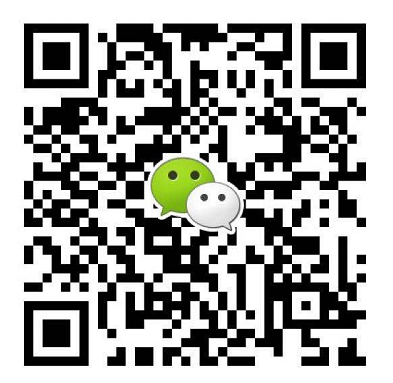Brush machine, CNC brush tufting machine, CNC brush making machines, factory, exporter
Servos and Selsyns
One barrier to complete automation was the required tolerances of the machining process, which are routinely on the order of thousandths of an inch. Although it would be relatively easy to connect some sort of control to a storage device like punch cards, ensuring that the controls were moved to the correct position with the required accuracy was another issue. The movement of the tool resulted in varying forces on the controls that would mean a linear output would not result in linear motion of the tool. The key development in this area was the introduction of the servo, which produced highly accurate measurement information. Attaching two servos together produced a selsyn, where a remote servo's motions was accurately matched by another. Using a variety of mechanical or electrical systems, the output of the selsyns could be read to ensure proper movement had occurred.
The first serious suggestion that selsyns could be used for machining control was made by Ernst F. W. Alexanderson, a Swedish immigrant to the U.S. working at General Electric (GE). Alexanderson had worked on the problem of torque amplification that allowed the small output of a mechanical computer to drive very large motors, which GE used as part of a larger gun laying system for US Navy ships. Like machining, gun laying requires very high accuracies, less than a degree, and the motion of the gun turrets was non-linear. In November 1931 Alexanderson suggested to the Industrial Engineering Department that the same systems could be used to drive the inputs of machine tools, allowing it to follow the outline of a template without the strong physical contact needed by existing tools like the Keller Machine. He stated that it was a "matter of straight engineering development." However, the concept was ahead of its time from a business development perspective, and GE did not take the matter seriously until years later, when others had pioneered the field.

About us
Products Showroom
Video
Information Center


